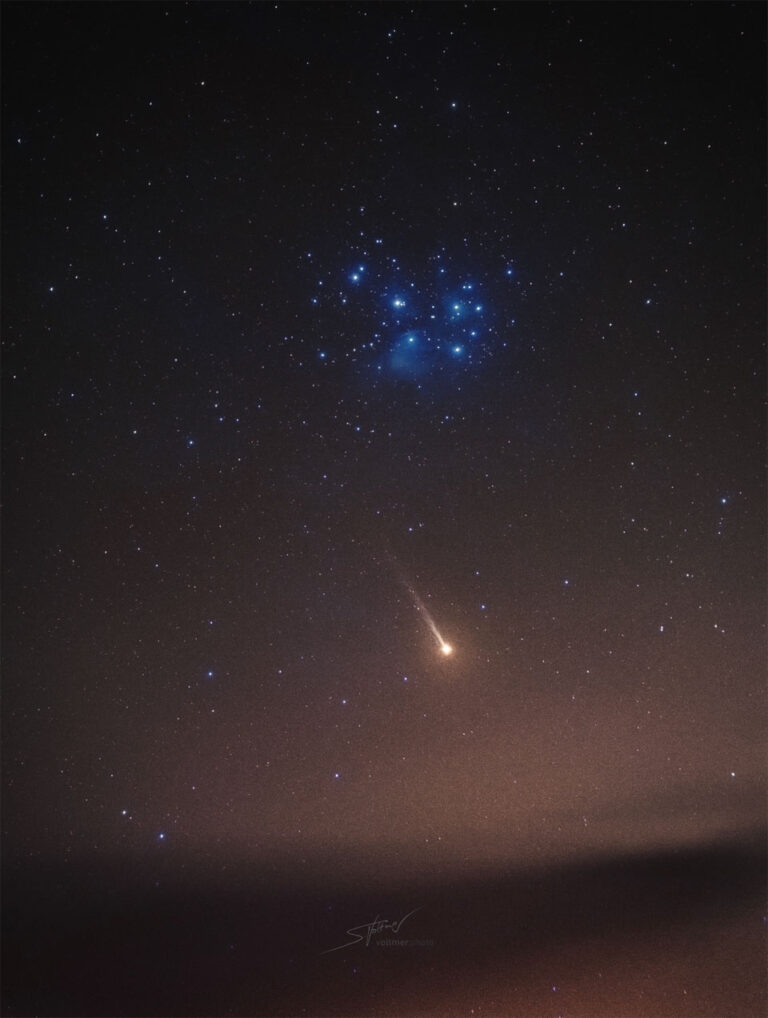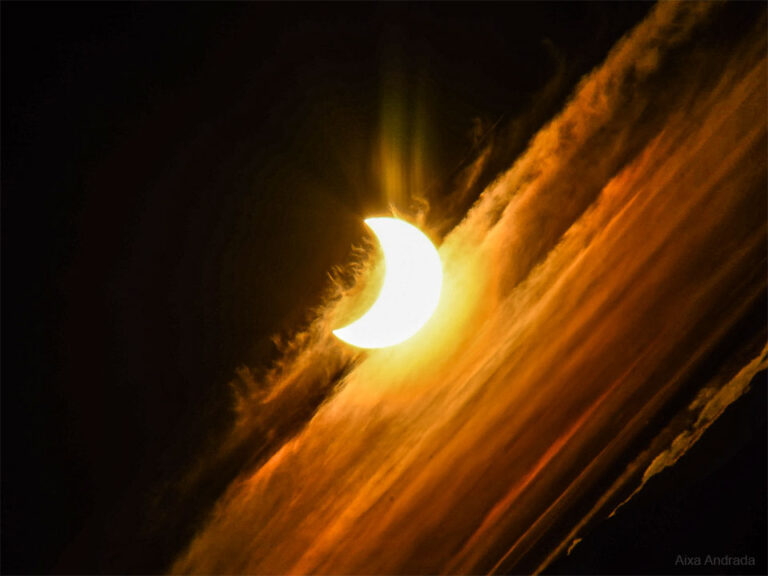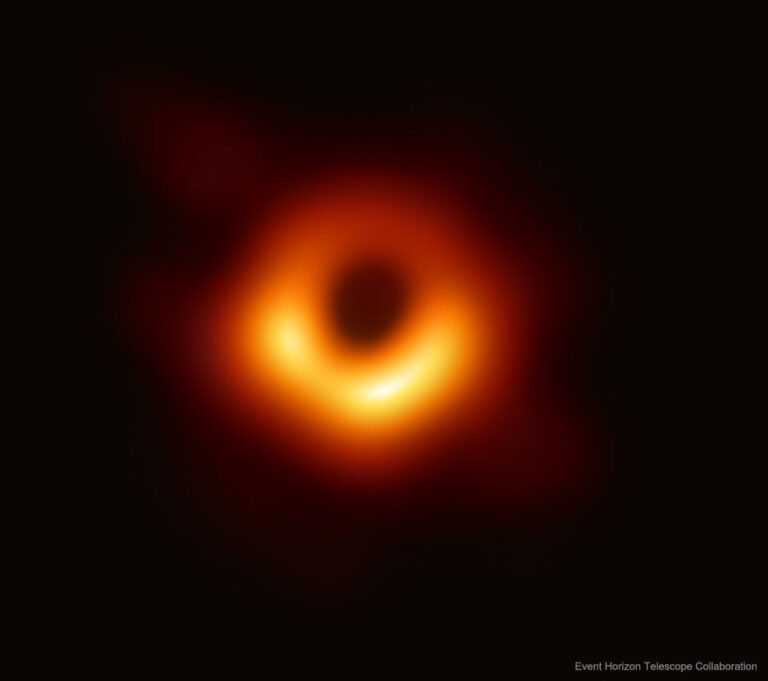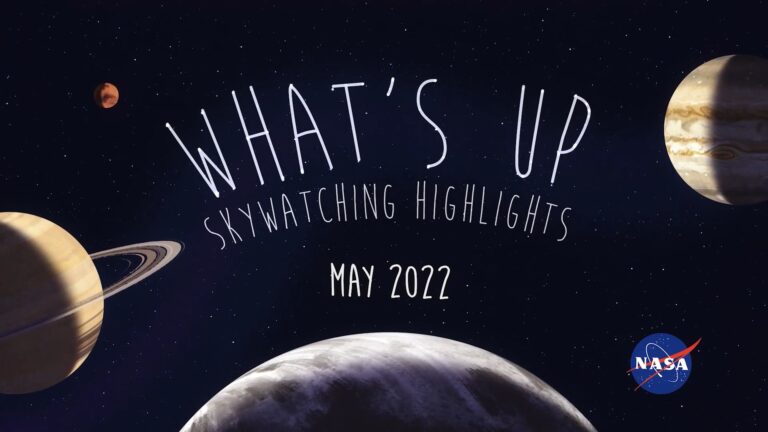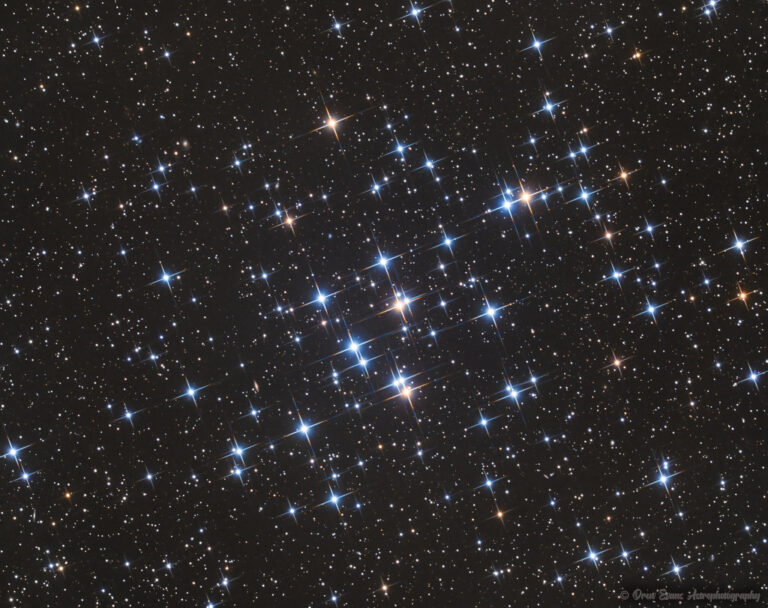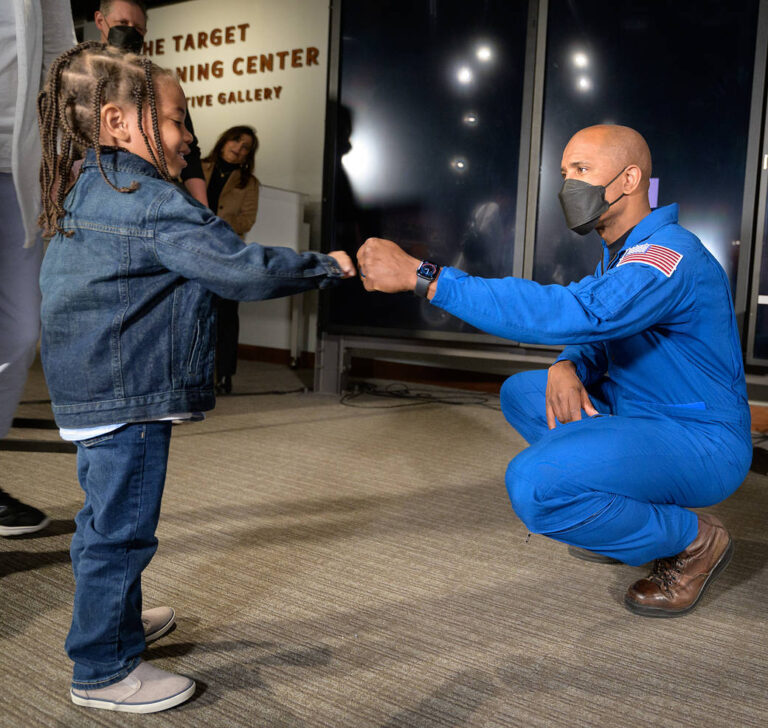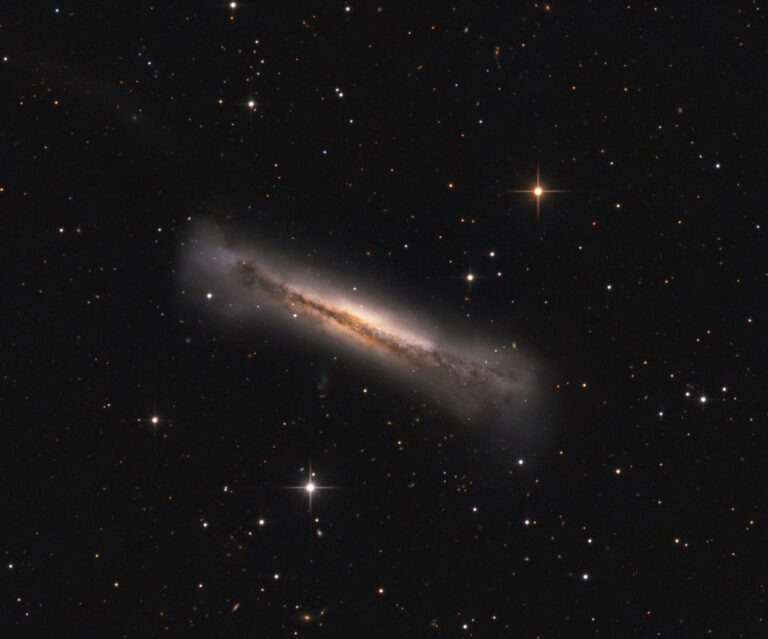NASA向老师们致敬!
May 2-6, 2022, is Teacher Appreciation Week! At NASA, we know the importance of STEM (science, technology, engineering, and math) education, and we provide lesson plans and other tools to help out classrooms. Visit NASA STEM Engagement for lesson plans and more. In the Discovering Alien Oceans: Density lesson, teachers will help their students to learn more about Jupiter’s icy moon Europa, by using the mass and density of known substances to predict what exists underneath the surface. Image Credit: NASA/JPL 2022年5月2日至6日是教师感恩周!在NASA,我们知道STEM(科学、技术、工程和数学)教育的重要性,我们提供课程计划和其他工具来帮助课堂。 访问NASA STEM Engagement了解课程计划和更多信息。 在《发现外星海洋:密度》课程中,老师们将帮助他们的学生通过利用已知物质的质量和密度来预测木星的冰质卫星木卫二地表下存在的物质。 图片来源:NASA/JPL



